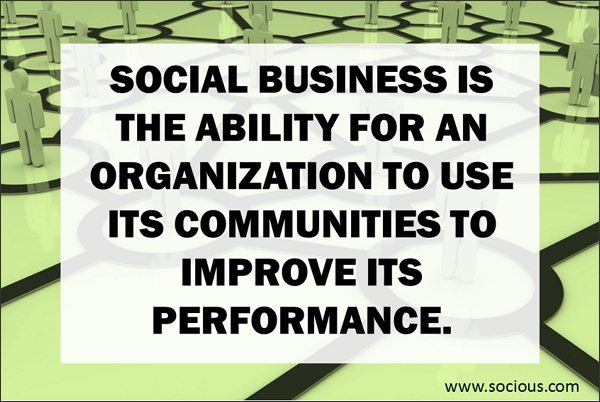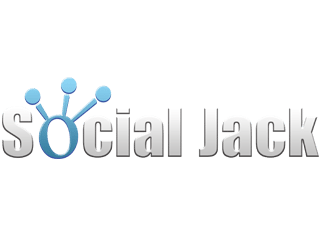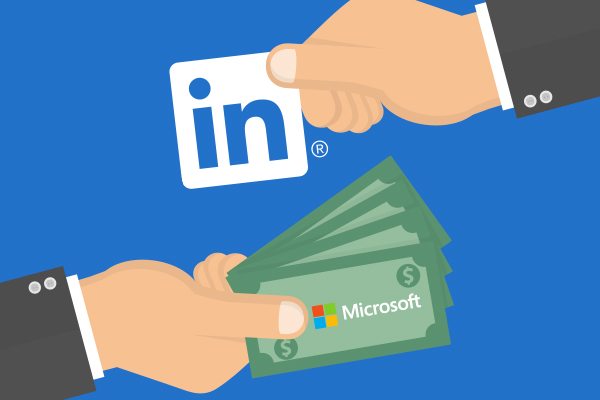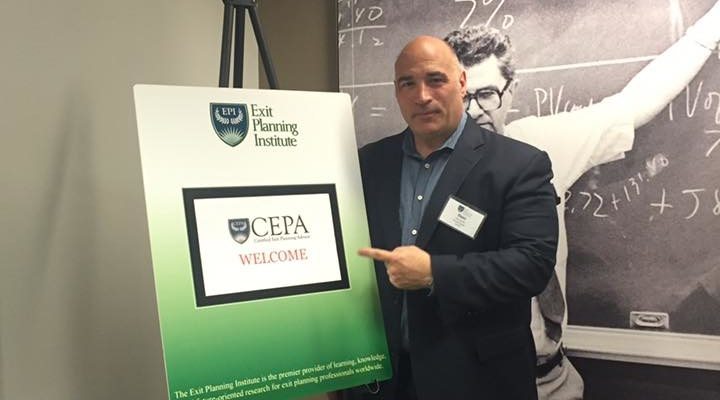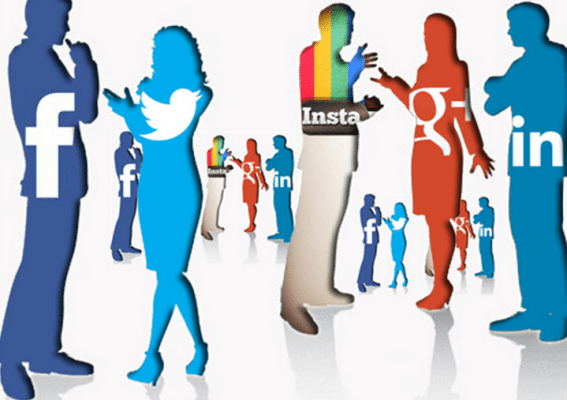Notice I titled this ‘Social Influencer’, not ‘Social Media Influencer’. In our Social Influencer Marketing programs, we believe that it is our job to have our clients become Influencers in their world, and Social Media is one vehicle for making that happen. Let’s see if you agree or disagree with me after this article…!
First, a definition: an influencer is, simply put, someone who carries influence over others. An influencer on social media wields influence through social media. You probably know that word-of-mouth is one of the valuable forms of marketing; in our digital age, word of mouth goes way beyond what friends and family recommend to you, and that’s where influencers come in. No matter who you are, if you’re a thought leader in your network, people think of you and come to you first.
Becoming a thought leader in your network is a process, and our standard plan for our clients has about 20 steps, but here, I want to give you the top five things that could give you a head start down this path, something to think about and gain some traction. Even if you do nothing more than this, you will be further ahead than when you started.
Even if you’re not aiming to be a solution provider, becoming a social influencer can help you advance your career; we actually teach this as part of our career advance program in universities. On a corporate level, showcasing a company’s culture on social media can build the company’s reputation. Even more, employees can become corporate advocates – you can empower staff members to share their own insights about their work on their own social media feeds!
#1 – Pick your niche or focus
To be an influencer people need to really be able to easily digest what you can and will do for them — how you will serve them and solve their problems. You are most likely a solution provider of some sort. If you can clearly address a need that your target audience has, and match the skills you have to what you can provide, then you’re well on your way. Make sure your solution speaks directly to their need so that you are addressing the lowest common denominator of the problem at hand.
Example:
Say you’re an accountant. There are thousands of accountants, what makes you different, what is your niche in this very crowded world? I have a friend who over the years has forged his reputation in property tax savings. He completed his law degree and represents his clients from both an accounting and legal perspective. While he has enough knowledge to do your taxes and many other services, he decided over 20 years ago to pick a specialty and maintain that position. He is now one of the most recognized property tax attorneys in Chicago and has a limitless flow of referrals. We are now looking at how to add the social media component to take him to the next level. You might be this same position. Once you know your focus, you’re ready to move to the next step.
#2 – Subscribe and Monitor The Competition
While you may not think there is any, there is always competition. How to find them? Simply Google search either by need or solution discussed previously, then look for blogs, webcasts, podcasts, and other sources of information. This will give you a perspective on how to either refine your message or, if nothing else, what to do better or what not do. This will only make you better. You can also set up Google Alerts with those words of ‘need’ or ‘solution’ as mentioned earlier, names of competitors, even your own name(s).
To setup a Google Alert you will need a gmail account and be logged into google, then simply go to: https://www.google.com/alerts , add as many words or phrases as mentioned above, define the frequency, and you’ll be alerted when this news hits the Internet.
Once you do find competitors or colleagues, make sure you subscribe to them and block out regular time to review the information you glean. This will only make you better.
#3 – Define Your Social Channels
You will never master all channels, so you need to really think of where your ideal target spends the most of their time, and decide what you can manage. We manage channels for many clients who want to be influencers and don’t have the time to make that happen, so you can consider that as well – hire and pay for assistance or find a volunteer help to build and manage. You can also reference our slide deck listed below.
Remember when doing this: one tip is to simply ask your clients where they spend their time on social media. This will give you a great start to making that choice.
#4 – Look like a thought leader (a.k.a. Social Influencer)
Please reference one of my last blog posts on Personal Branding, this is the critical next step. Google yourself and see how your digital footprint represents your position in the market place. Most likely, social media sites like LinkedIn, videos and personal websites with your name will be at the top. You’ll want to make sure the first two pages identify that ‘solution’ niche you selected in step one. Be sure to update all your profiles and remove or rename any content that is not relevant. Your past will catch you up here, so be sure to search, scan and clean it up! Mark your calendars at the first of the month as a reminder to yourself to do this on a regular basis; we create more social profiles by accident than we know!
#5 – Turn on your content machine – remember your focus!
Okay, don’t get overwhelmed here, but you’ll need to schedule and start posting relevant content about your niche, your focus. This can consist of videos, blog posts, podcasts, interviews, slide decks (like we have done above), photos, articles you write or are featured in, and anything else that can live on the internet. Remember, when you are posting any content, tie it back to your social media sites and websites, and always make sure you include client’s need and the solution you provide. One of the simplest tips here is that you can add videos, slides or articles to your LinkedIn profile. If you author something, make sure to claim it, add it to your profiles, websites, and then post about it on your social media channels. And if you do work with a partner like us, make sure you communicate to your partners and trusted allies that you are posting and want their support to jump into the conversion online with you.
In Summary – you are an influencer – time for the next level!
You are all influencers; sometimes, as we develop and migrate, we get lost in the shuffle of our business or lives, and we need to regroup, focus, reclaim our position, and tell the world. The great news is that Social Media allows us to do this faster and more efficiently than ever before. There are also millions of other people trying the same thing. The important thought to remember is to not get overwhelmed, start with these simple steps, and if you need help, ask those around you for support. If you would like to have a conversion with us, just email me and let’s set something up, you might be closer than you think.
To hear more on this subject, you can listen to a recent podcast where I was interviewed on Influencer Marketing: “Turn Attendees Into Super Fans Using Influencer Marketing with Dean DeLisle”
Social Jack™ is also a proud sponsor of the Virtual Event: Best Practices in Influencer Marketing, which will be taking place on Tuesday, August 1st, 2017.
Can’t wait to see you looking good as a social influencer online soon! – Dean















